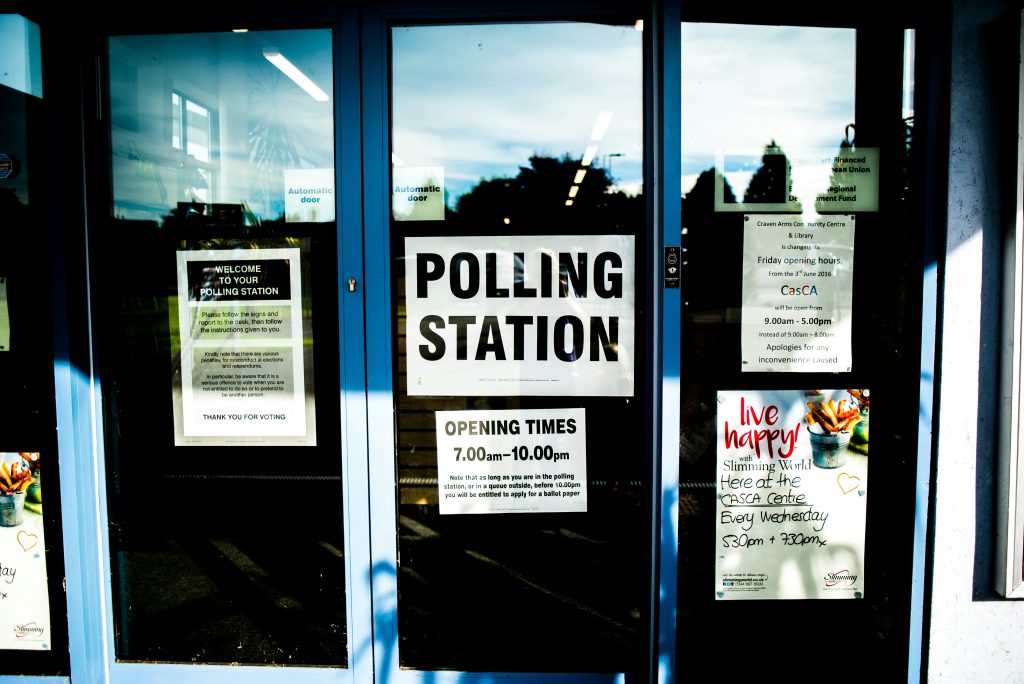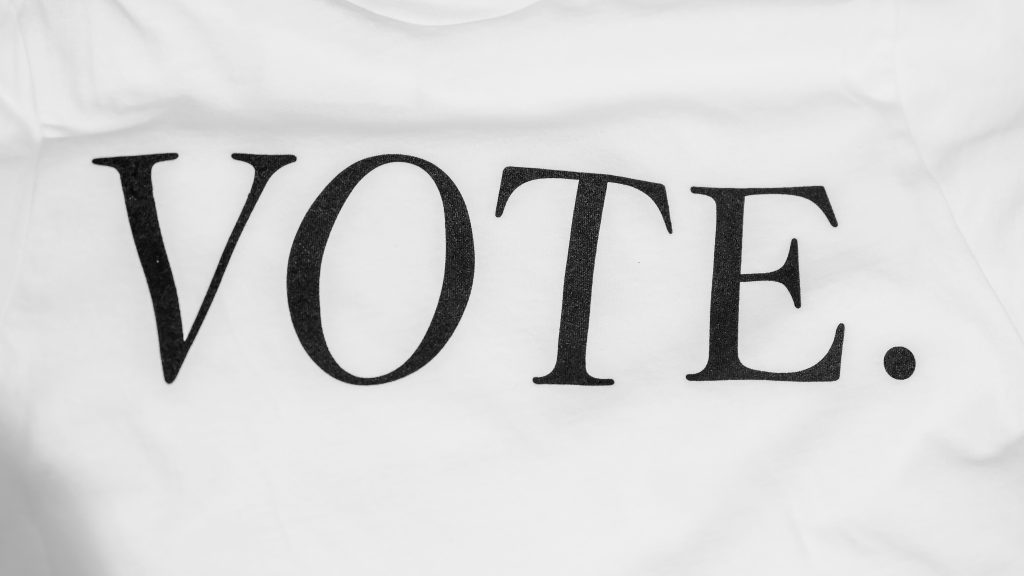
The recent general election is behind us, and the political spotlight is already shifting. While campaigns and debates dominate the lead-up to elections, it’s important not to let voter engagement become a cyclical habit. Civic participation is vital all year round – and one way to keep it strong is through innovations like auto-enrolment, which can ensure more people, particularly students, have access to the ballot box.
An Ongoing Challenge for Students: Students are among the least likely groups to be registered to vote. According to the Electoral Commission, more than one in three 18-24-year-olds are not on the electoral register. Add the challenge of frequent moves during university life, and it’s clear why many students miss out on their chance to vote. The introduction of Individual Electoral Registration (IER) a decade ago compounded this issue. Under IER, individuals must register themselves, eliminating the older household-based system. While this shift improved security, it also inadvertently reduced registrations in areas with transient populations, such as university towns.
Auto-Enrolment: The Solution in Action

Auto-enrolment is a simple yet powerful tool to tackle low registration rates. Also known as the Sheffield Model, it integrates voter registration into the university enrolment process. Students are given the option to register to vote when filling out their university forms, and this data is securely passed to local councils to complete their registration.
The results speak for themselves. At the University of Nottingham, over 64% of students opted into voter registration during their 2023 enrolment process – a dramatic improvement compared to previous years. This success underscores how straightforward changes can significantly increase democratic participation.
Beyond Elections: Building a Culture of Engagement
Making voting accessible isn’t just about the numbers; it’s about empowering young people to see themselves as active participants in their communities and society. Young voters are often overlooked in political decision-making because of the assumption that they are disengaged. Yet time and again, we see how deeply students care about issues like climate change, healthcare, and social justice.

Auto-enrolment is just the beginning. Universities can build on this foundation by addressing additional barriers, such as the new requirement for voter ID, which could disproportionately affect students who lack qualifying documents. Providing guidance and resources throughout the year – not just during election season – can reinforce the importance of civic duty.
A Shared Responsibility
While institutions have a duty to facilitate voter registration under the Office for Students’ Condition E5, the drive to empower young voters should go beyond compliance. It’s about fostering a sense of agency and ensuring their voices are heard in shaping the future.
As we reflect on this past election, let’s commit to making voting a seamless, year-round habit – not just a frantic push during campaign season. Auto-enrolment is a critical first step, but the ultimate goal is broader: a generation that understands the power of their collective voice. If you haven’t explored auto-enrolment yet, now is the time. Detailed guidance and templates are freely available to help institutions get started. Together, we can make every vote – and every voter – count.
Download the full guidance at: www.purposeunion.com/s/Auto-Enrolment-Guidance.
Do get in touch with any questions: lydia.richmond@purposeunion.com

0 comments on “From Campus to Polling Station: How to Empower Young Voters through Auto-Enrolment”